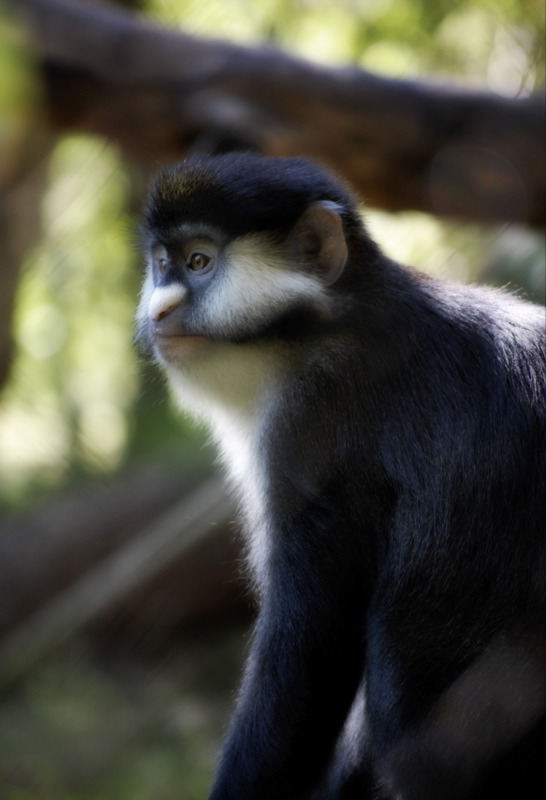Facts About Red-tail (Black-cheecked ) Monkey
The red-tailed monkey, also known as the black-cheeked white-nosed monkey, red-tailed guenon, redtail monkey, or Schmidt's guenon, is a captivating primate from the family Cercopithecidae. These colorful monkeys are found in countries such as Angola, Cameroon, Kenya, and Uganda. Adorned with a mix of black, red, or orange fur, they have adapted to a range of habitats. Unfortunately, they face threats from deforestation, hunting, and natural predators, putting them at risk.
In terms of scientific classification, red-tailed monkeys are positioned within the Order Primates, Sub-order Haplorhini, and Parvorder Catarrhini. They belong to the Family Cercopithecidae and the Genus Cercopithecus, with multiple recognized subspecies within this group.
One of the most notable features of red-tailed monkeys is their distinctive appearance. They have a characteristically red underside of the tail, white nose and cheeks, and large, elastic cheeks that aid in food storage. Males are generally larger than females, and these monkeys exhibit social behaviors through vocalizations, feeding habits, and structured social groups. They are most active during the early morning and evening, playing a crucial role in seed dispersal within their environment.
Regarding reproduction, red-tailed monkeys give birth to live young, typically one offspring per mating season. They have a polygynous mating system, with the peak breeding season occurring from November to February. There have even been instances of hybridization with blue monkeys.
In terms of conservation, the red-tailed monkey is currently listed as "Least Concern" on the IUCN Red List. Despite facing threats from predators such as eagles and wild cats, as well as human activities like deforestation and hunting, they remain relatively abundant in their natural habitats.

 Democratic Republic of the Congo
Democratic Republic of the Congo